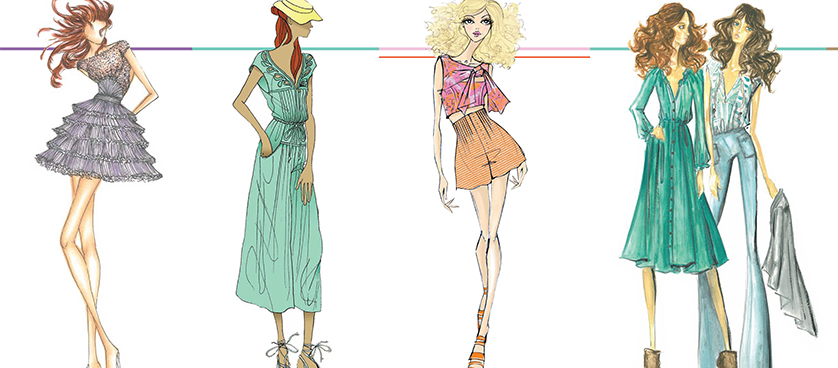Performance management in fashion
When someone hears the word ‘fashion’, he or she automatically thinks of skinny models, catwalk, glamorous life, maybe eating disorders, shallowness or why not, money. But, as usual, there’s more here than meets the eye.
What people seem to forget is that in order to have a (successful) collection, some bullet points need to be ‘checked’. A lot of people are involved, from designers to manufacturers, models to managers and sales persons, for instance. Just like a very complex, well-oiled machine. The fashion industry is just like any other industry. Brands have to be creative, to impose themselves on the market, to attract clients and to sell their products.
Because l’haute couture is not something that everyone can afford, as most of the creations are custom-made and from high-quality, expensive fabric, sewn with extreme attention by the most experienced and capable seamstresses, we take our heads off the clouds and continue with one of the most famous retailers (and also affordable).
Let’s take a look at Marks & Spencer, one of the leading retailers in the UK, having over 21 million customers in their stores, every week. They sell high quality clothing, home products and… food (as surprisingly as that may seem).
Lately, although the progress of the company was a bit altered by the well-known recession, they were able to keep their heads up, even emerging in a stronger position, as they managed their costs with prudence, responded to the customers’ needs and respected their core values. Basically, while tackling the short-term issues caused by the downturn, the company remained focused on the long-term strategy. Thus, they came up with a project, called Project 2020, which has the main objective to create long term sustainable growth in shareholder value, by aiming at increasing the pace of change and the operational execution, turning the company into a multi-channel retailer as fast as possible and driving the international business.
To monitor the financial performance, key performance indicators have been used, such as Group Revenue or Adjusted Group operating profit, both at national and international level. Also, analyses of the markets they operate on have been made, and it can be seen that in terms of clothing and footwear, they managed to grow their value market share. Moreover, they monitor the customer visits and calculate the average footfall by analyzing the ratios between visits and sales. Half of the stores have cameras which help with this monitoring and for those that do not have cameras installed, they apply the figures obtained in the other stores. Furthermore, mystery shoppers visit the stores once a month in order to get a glimpse on the levels of service, taking into account factors such as how staff welcome the customers nad how the store environment is managed.
So, as it can be seen, the fashion industry hides a lot of ‘secrets’, as besides designing a new collection, a lot of other factors impact the success of a brand. Companies have to take into account short term-objectives, as well as the long-term strategy, while also knowing how they’re currently doing on the market.
References:
Image Source:

Tags: Fashion performance, Marks & Spencer, Performance in UK, Performance Management






